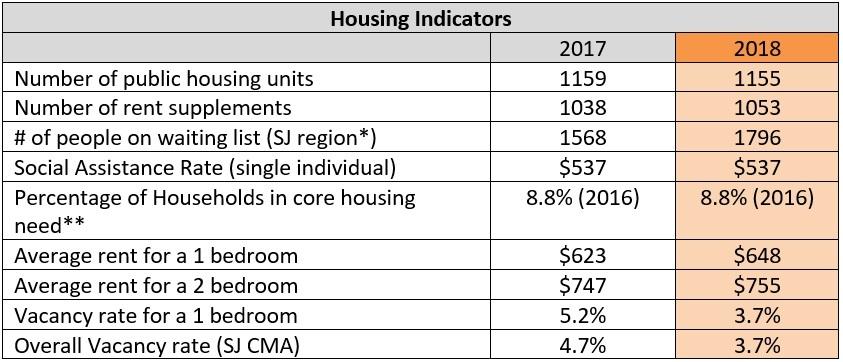Point-in-Time Count On March 15th, 2018, Saint John took part in the second nationally coordinated Point-in-Time Count under the Government of Canada?s Homelessness Partnering Strategy (HPS). The first count, conducted in 2016, included 32 cities. In 2018, more than 60 communities took part. A PiT Count provides a community with a snapshot of homelessness over a 24-hour period. As a method for data collection, a PiT Count is particularly helpful in estimating the minimum number of people experiencing homelessness in emergency shelters, transitional housing, and unsheltered locations. However, more than capturing that number, the Count also includes a survey component. This survey allows communities to collect valuable information on those who are experiencing homelessness, including demographic information and service needs. When done repeatedly, over a number of years, a PiT Count can help communities evaluate their progress in reducing homelessness and track changes in the homeless population. When considered alongside other measurement tools such as local progress reports (like this one) and shelter statistics, the findings of a PiT Count can help to provide a better understanding of a community's homeless population. Below are a few key findings from the 2018 PiT Count.
16% of r espon den t s iden t if ied as LGBTQ2S+
Members of the LGBTQ2S+ community are understood to be at an increased risk of facing homelessness. However, because we do not gather statistics on sexual orientation in the general population, this is difficult to confirm. At the same time, given that there are no specialized LGBTQ2S+ shelter options in New Brunswick, and very few specialized programs from which to gather data, our local figure of 16% could very well be conservative.
M en t al h ealt h & su bst an ce u se w er e t h e 2 m ost com m on ly iden t if ied h ealt h issu es iden t if ied by r espon den t s
Mental Health and/or substance use disorder is a commonly cited reason for people's housing loss, and typically homelessness only further complicates an individual's road to recovery. 48% of those who responded said they were currently experiencing challenges with their mental health and 31% were suffering from an active addiction. These findings point to the importance of programs that can quickly move homeless people into permanent, affordable, and adequate housing while providing them with the necessary supports to achieve stability in both their housing and quality of life.
In digen ou s peoples ar e sign if ican t ly over -r epr esen t ed in h om elessn ess Indigenous peoples continue to be disproportionately affected by homelessness. While 4 percent of New Brunswickers identified as having indigenous identity in the 2016 census, 25% of individuals surveyed in the 2018 PiT Count reported indigenous identity or ancestry. These findings are consistent with national trends and are a startling indicator of overrepresentation.




